Houses glow with warm candlelight. Vibrant sugar skulls adorn the altars. Orange marigolds line pathways for the dead.
Life and death meet in a celebrated reunion.
Día de los Muertos, or Day of the Dead, is a Mexican holiday where families honor their loved ones with offerings, festivities and colorful altars called ofrendas. It is traditionally celebrated on Nov. 1 and Nov. 2. Younger loved ones are celebrated on the first day, and seniors are honored on the second.
Senior Angela Chavez has ofrendas for her great-grandmothers, uncles, grandfather and one of her little cousins from Mexico. Her cousin was only 6 years old when he was diagnosed with cancer.
“We were just in shock,” Chavez said. “To remember him as the sweetest little boy anyone could ever ask for is so important to me [and] my family. [Día de los Muertos] is how [we] celebrate his life. We gather around and celebrate him and what he used to love.”
Families often place sentimental items of each individual who has passed away on their ofrendas. These items serve as tangible articles of remembrance.
“The one that really resonates with me the most is my great grandmother’s ring, old makeup set and necklace,” Chavez said. “It shocks me that it’s still with us after the many years she’s been gone. My grandma has always kept it as a memory of hers.”
Families also prepare ofrendas with relatives’ favorite foods and drinks.
“We set up traditional Mexican sweet bread called a concha, some water and alcohol,” Chavez said. “My grandfather used to love alcohol, so we set it there, just in case he ever would like to visit us [from] that alternate life.”
Flowers and papel picado, Mexican folk art featuring elaborate designs cut out of tissue paper, decorate the altar as well. Many families use marigolds, an iconic flower in Día de los Muertos whose fragrance is said to lead souls from their burial place to their family homes.
“We usually put them around the house and through the door, and then leading up to the altar, just to signal and welcome our loved ones to come and visit us,” junior Paloma Alvarez said.
Although the holiday revolves around death, its nature is not somber but festive. Families often gather together in a spirit of fondness and reminiscence.
“Since I can’t go to Mexico, where our loved ones are, we get [together] on a call and talk about the memories that we had with them and things we wish we could have done with them,” Alvarez said.
For Chavez, the holiday is “all about family.”
“It’s a special day,” Chavez said. “It’s a special day to spend time with family – really celebrating life and celebrating death and appreciating the time that you have with your loved ones.”
Alvarez shares this sentiment. The Day of the Dead serves as an opportunity for her to form a deeper connection with her Mexican heritage.
“Understanding that many generations in my family have celebrated Día de los Muertos just makes me happy that I have the opportunity to celebrate as well,” Alvarez said. “It makes me closer to my community, knowing that we’re all one. Not remembering death but remembering the happiness that our loved ones brought to us. Being able to be with them, even if it’s just one day throughout the whole year.”


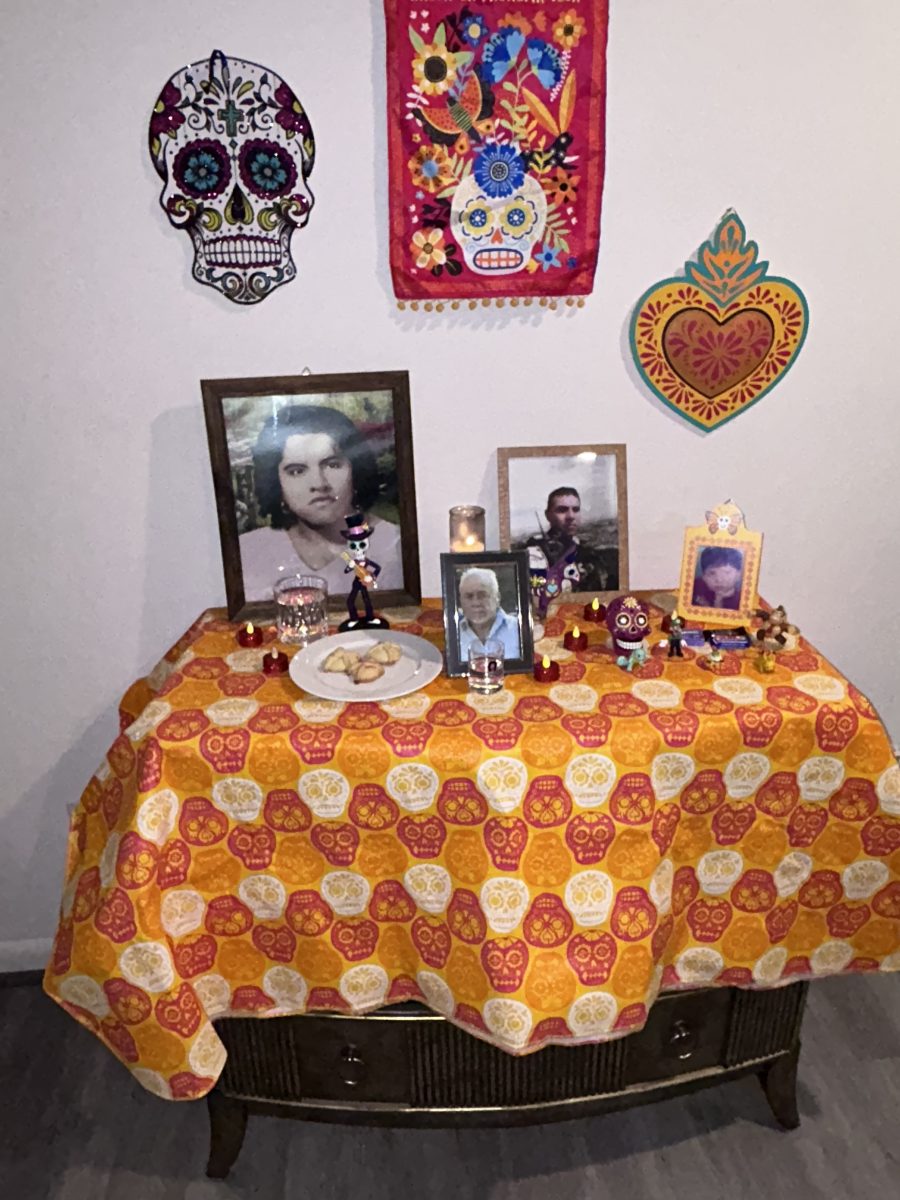
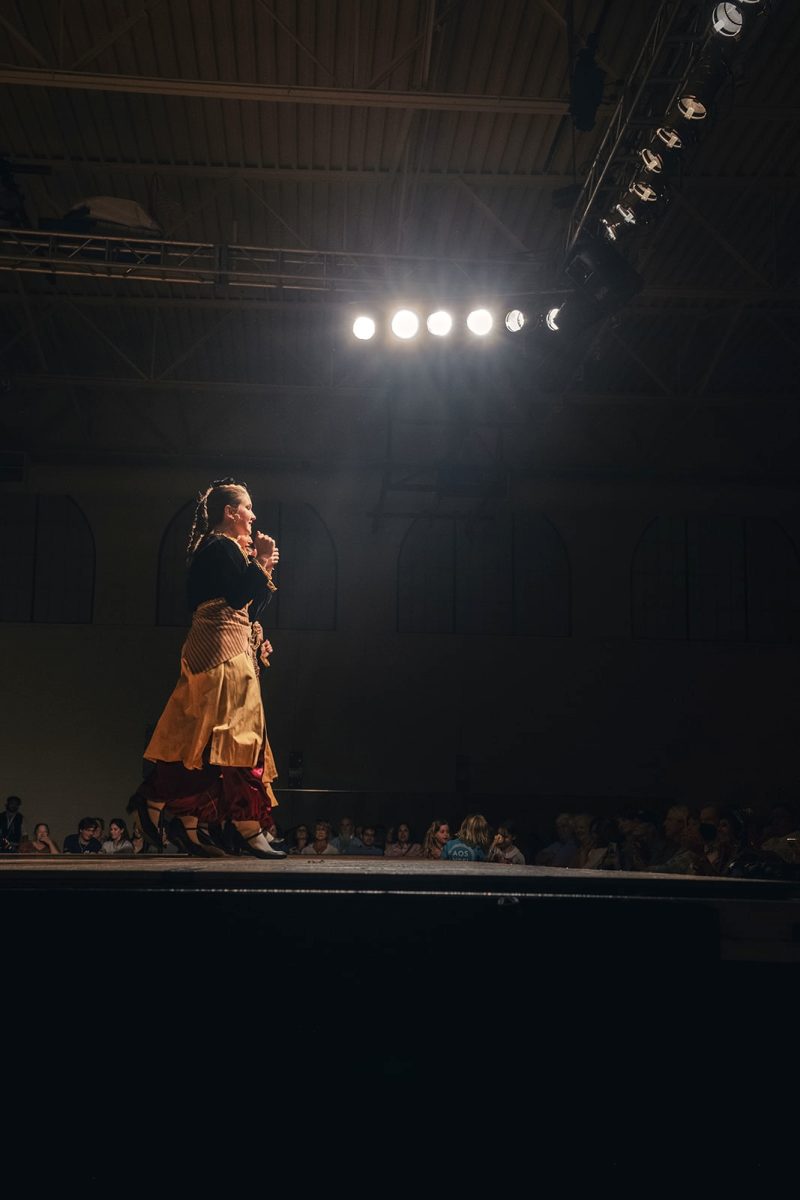
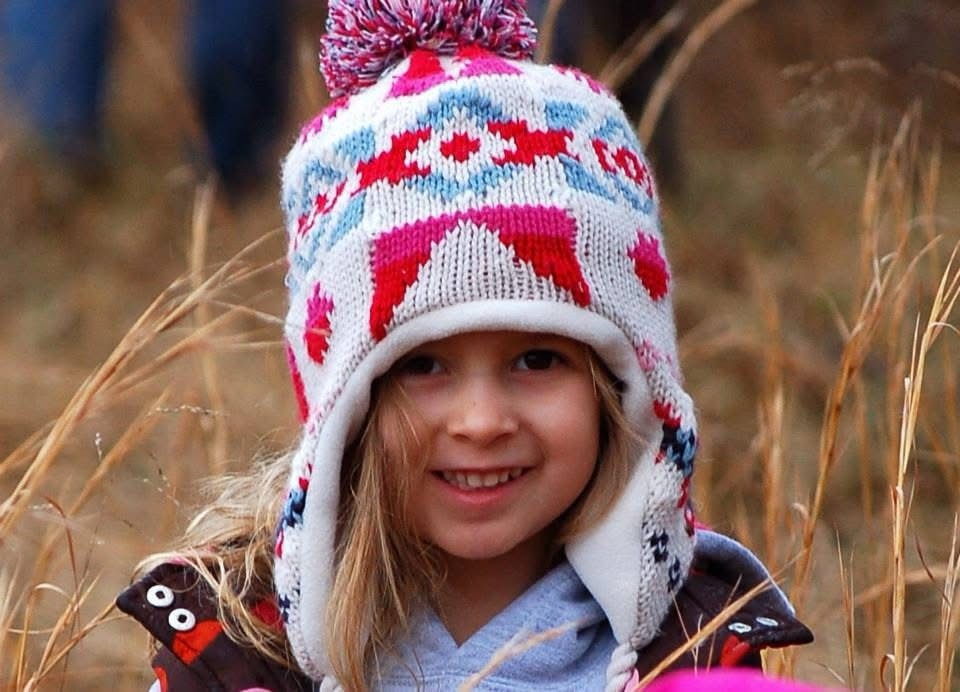
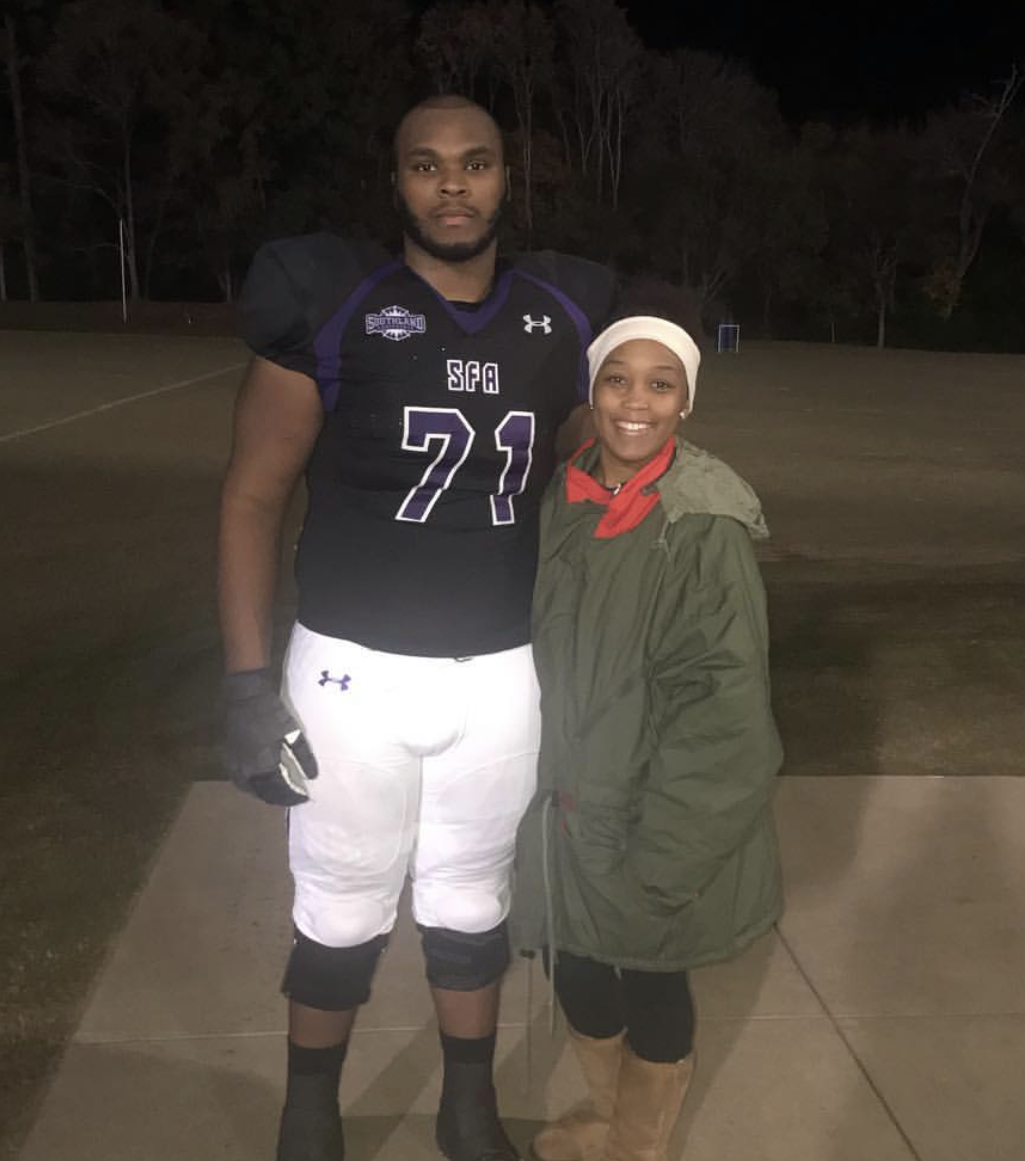
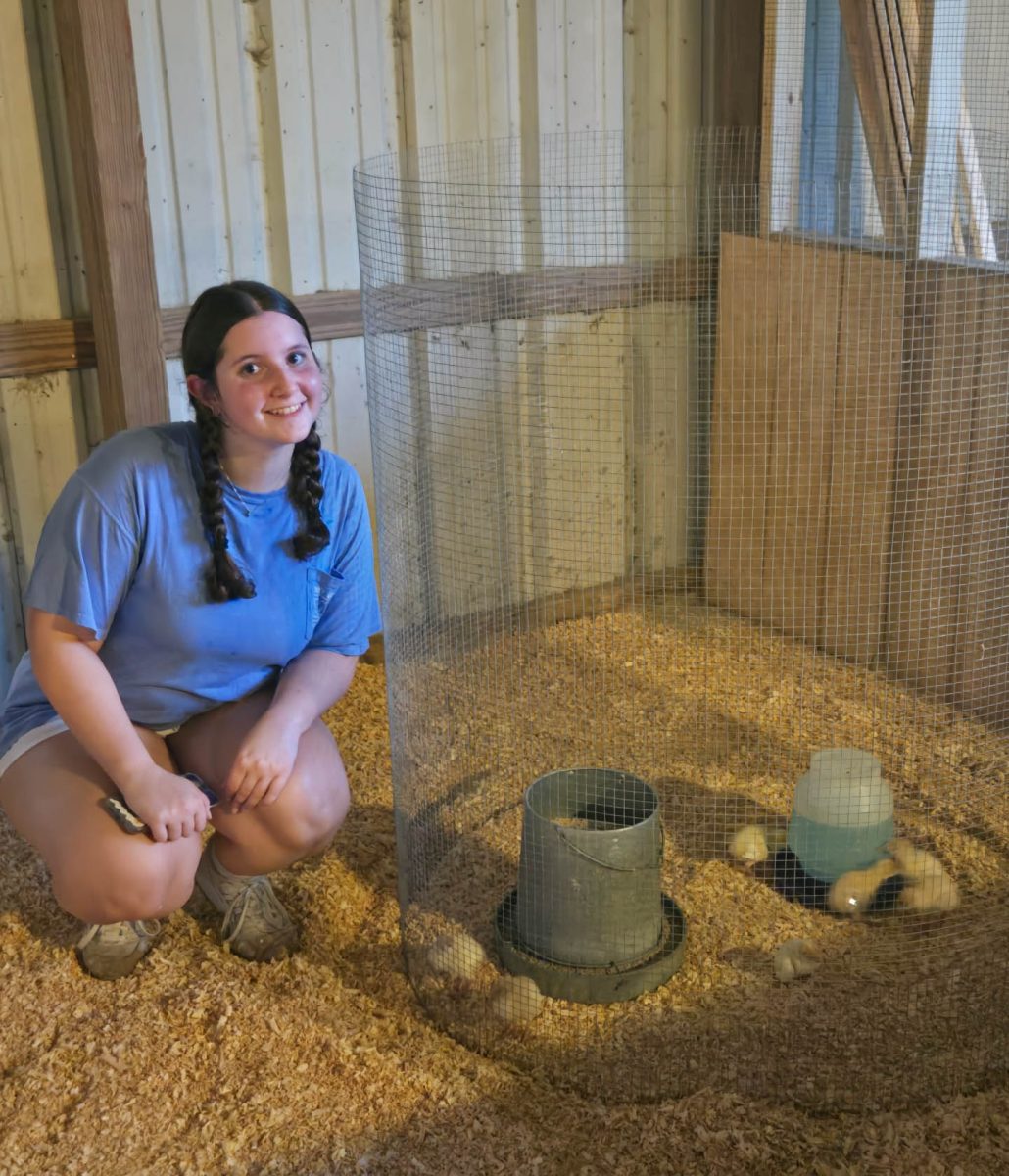

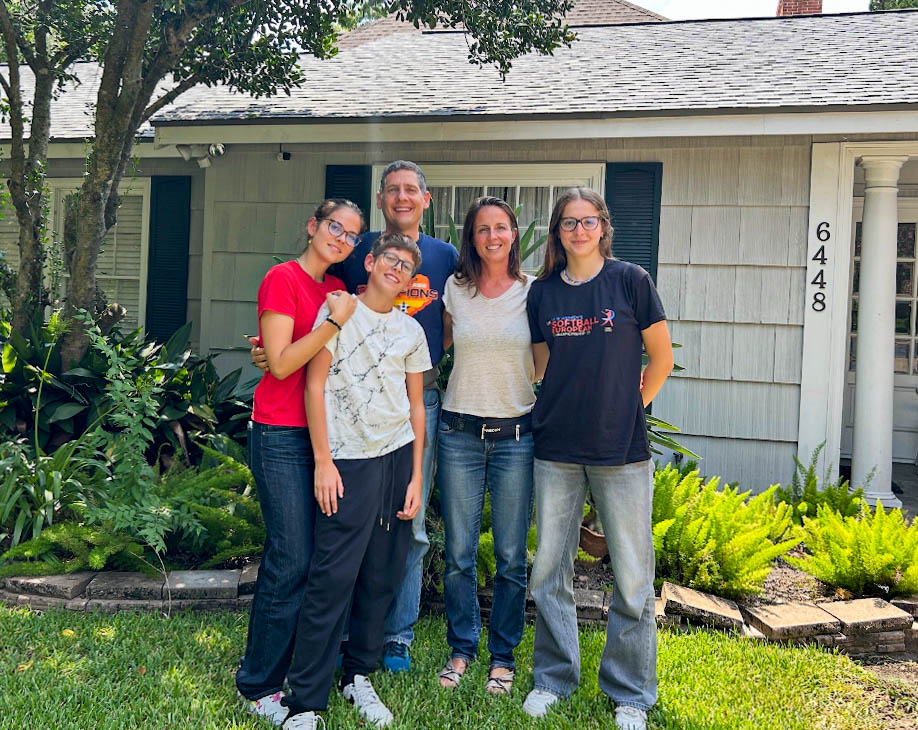
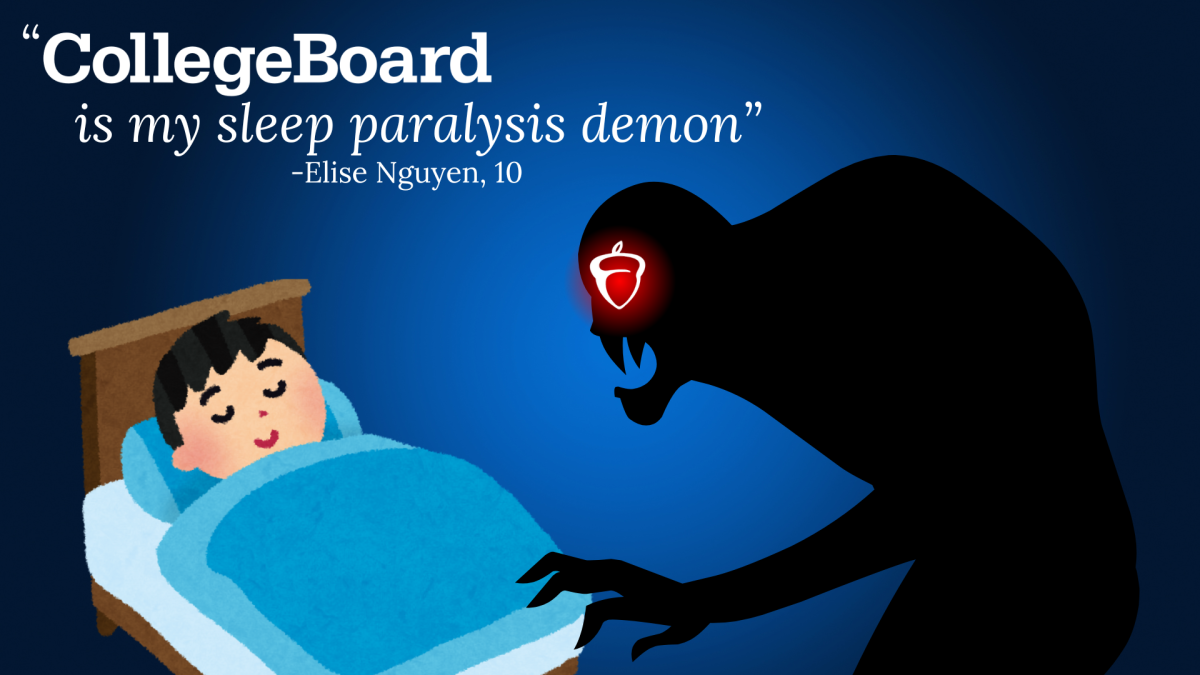
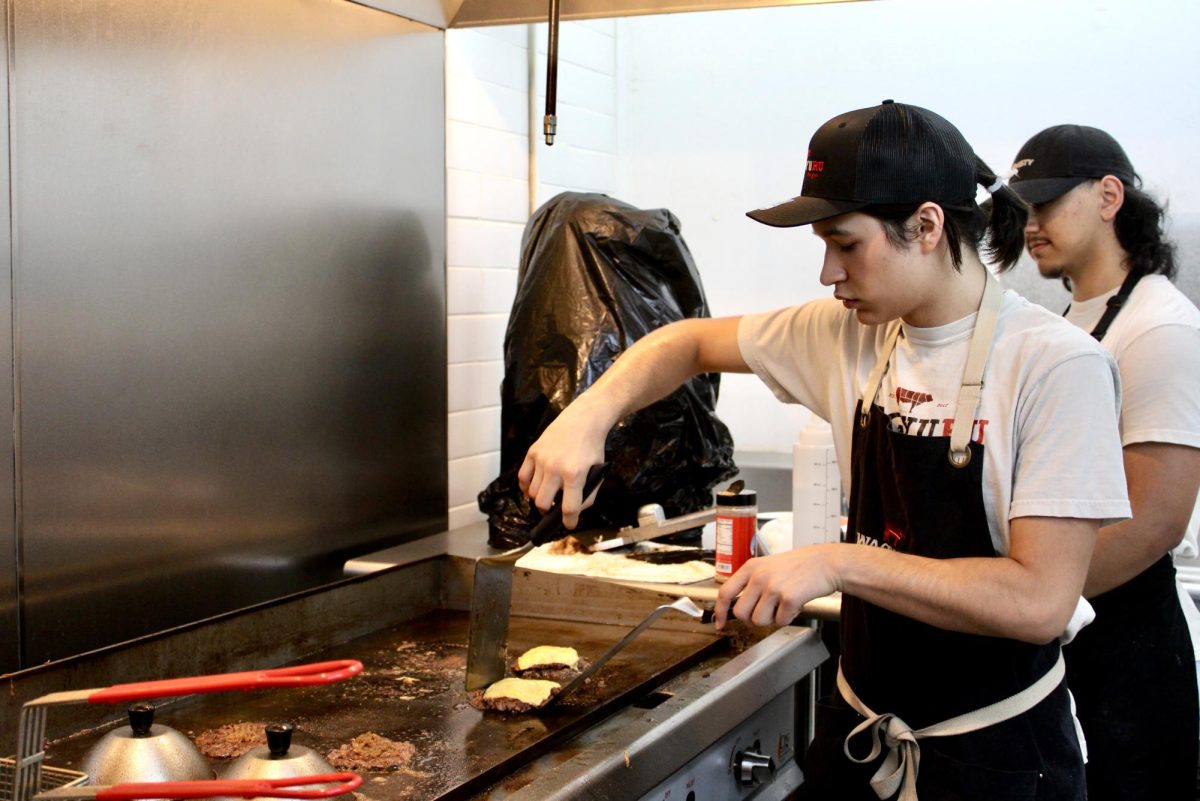
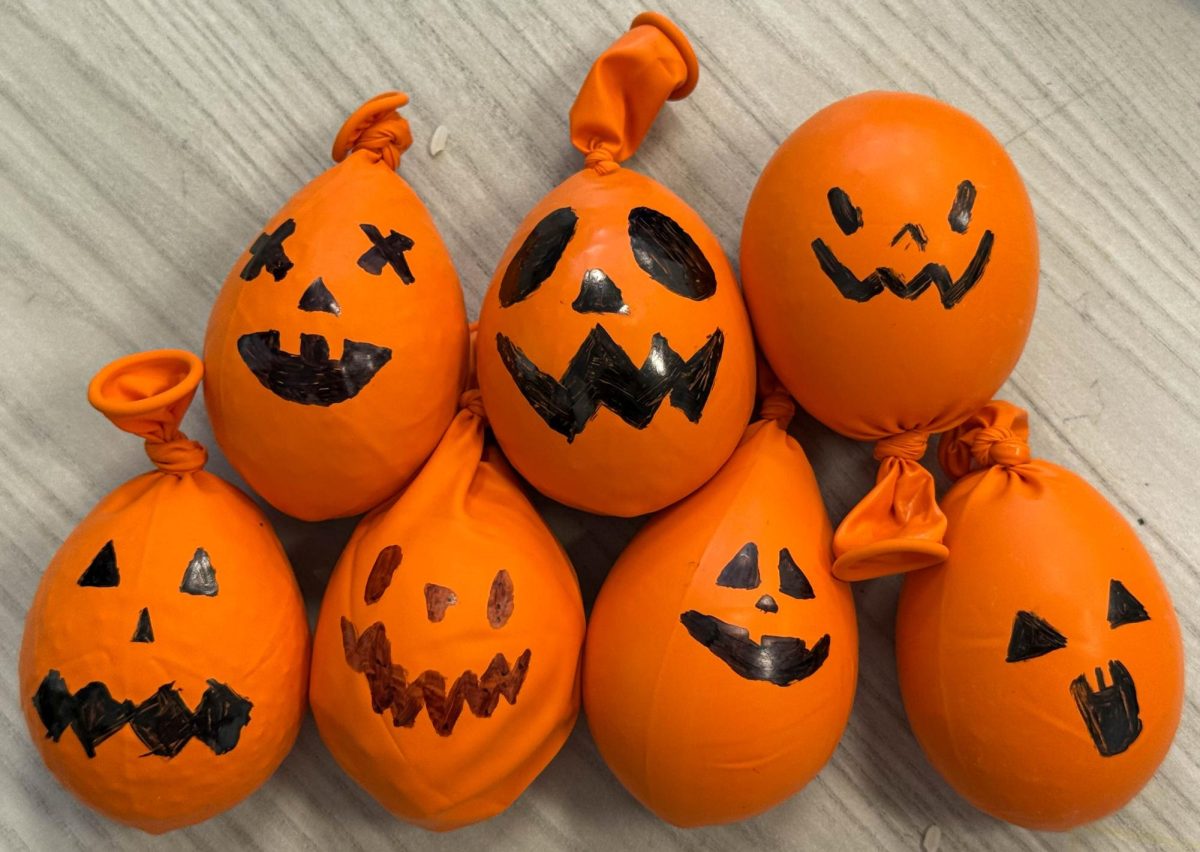

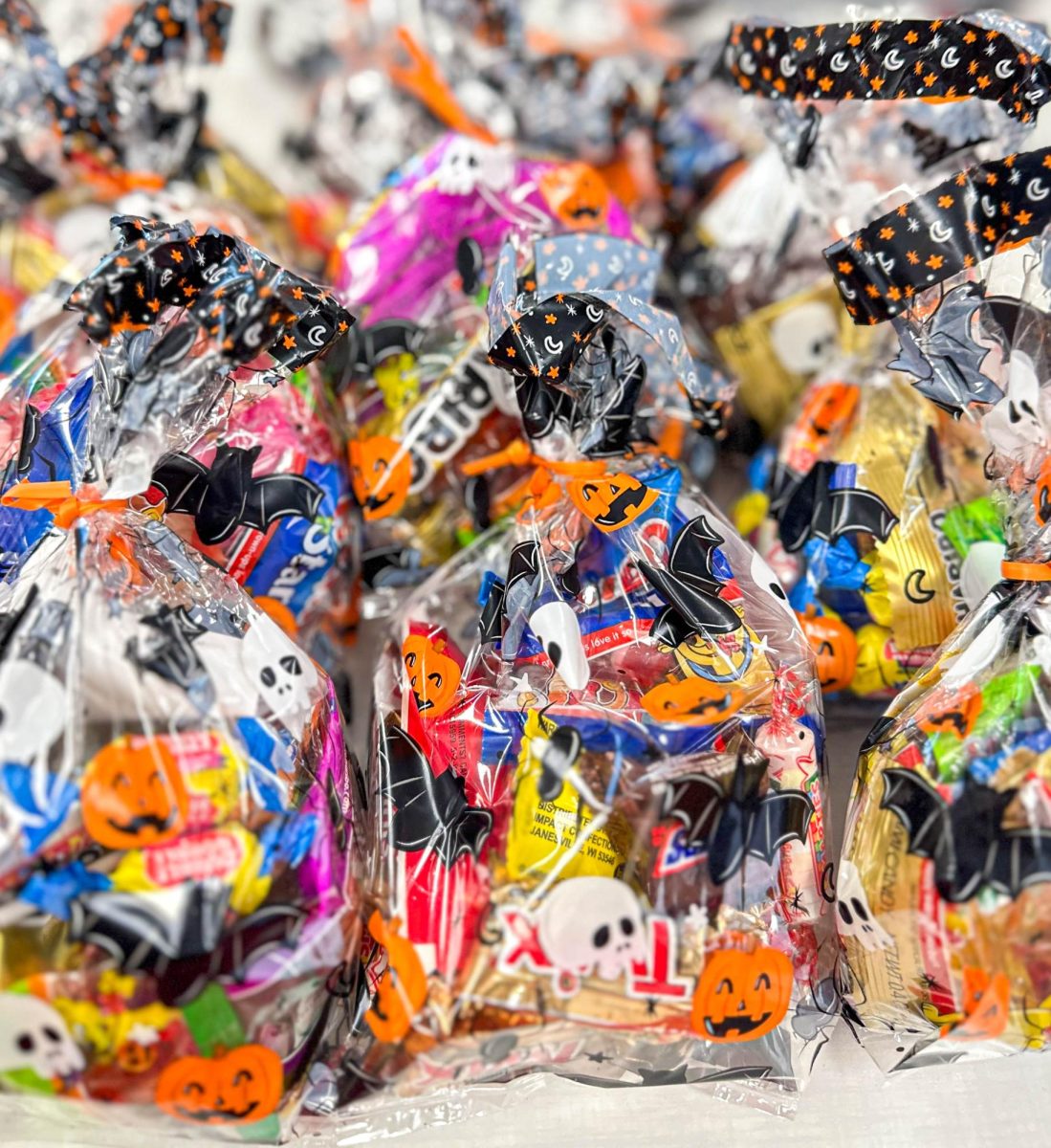
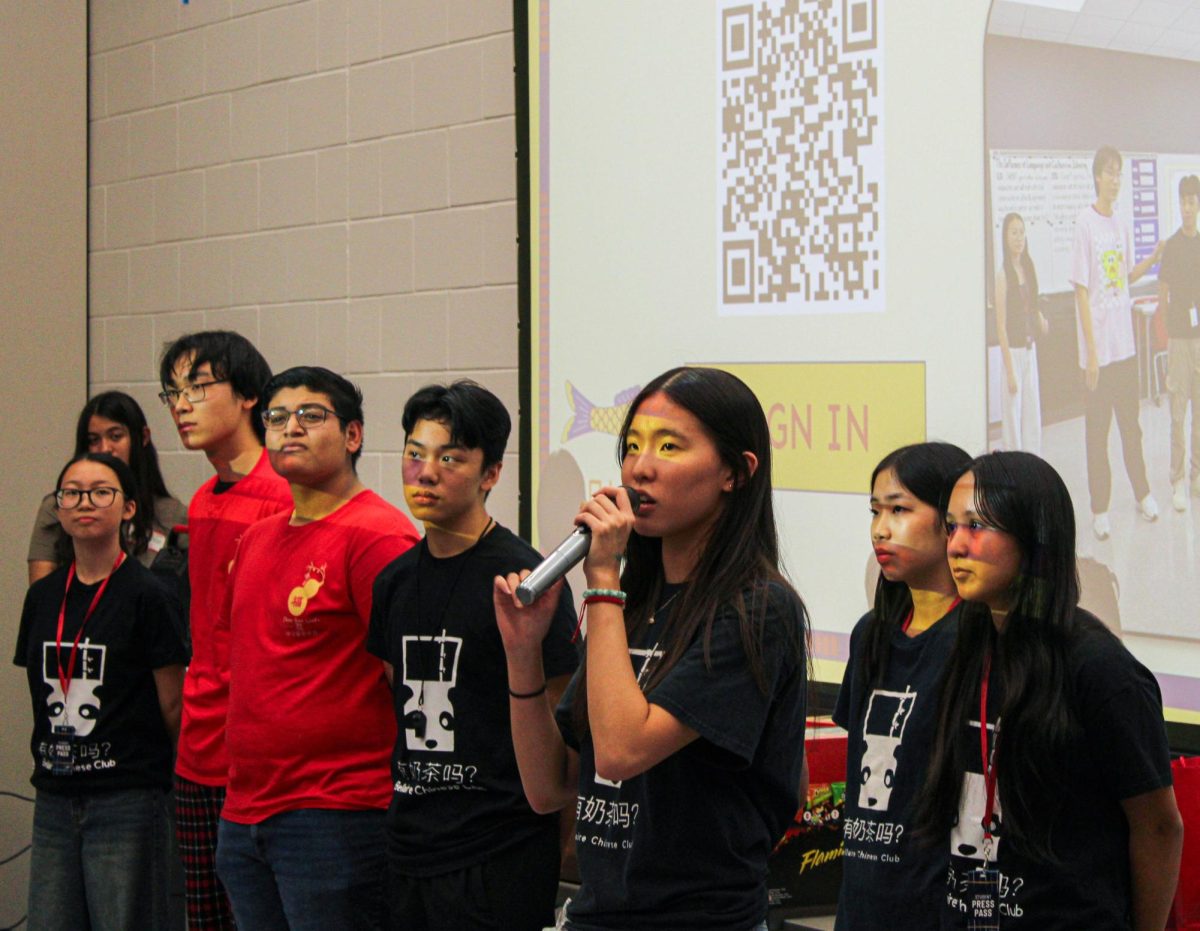

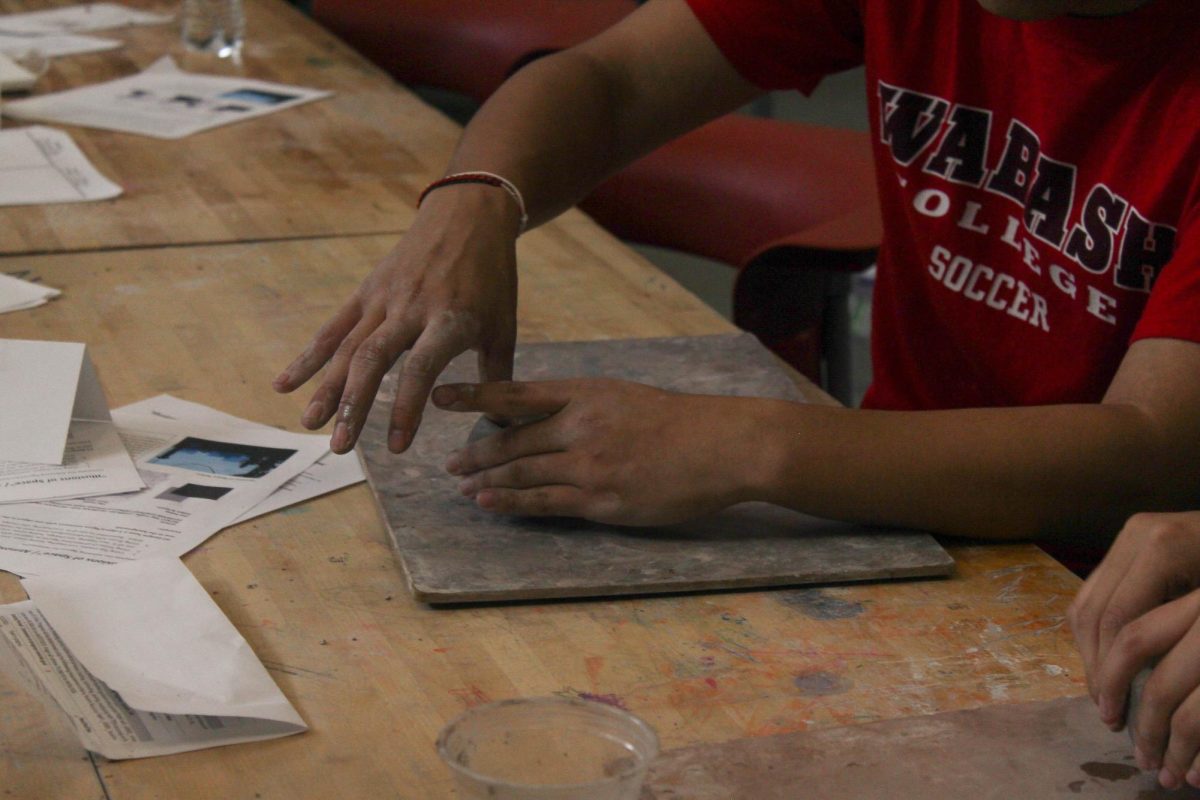
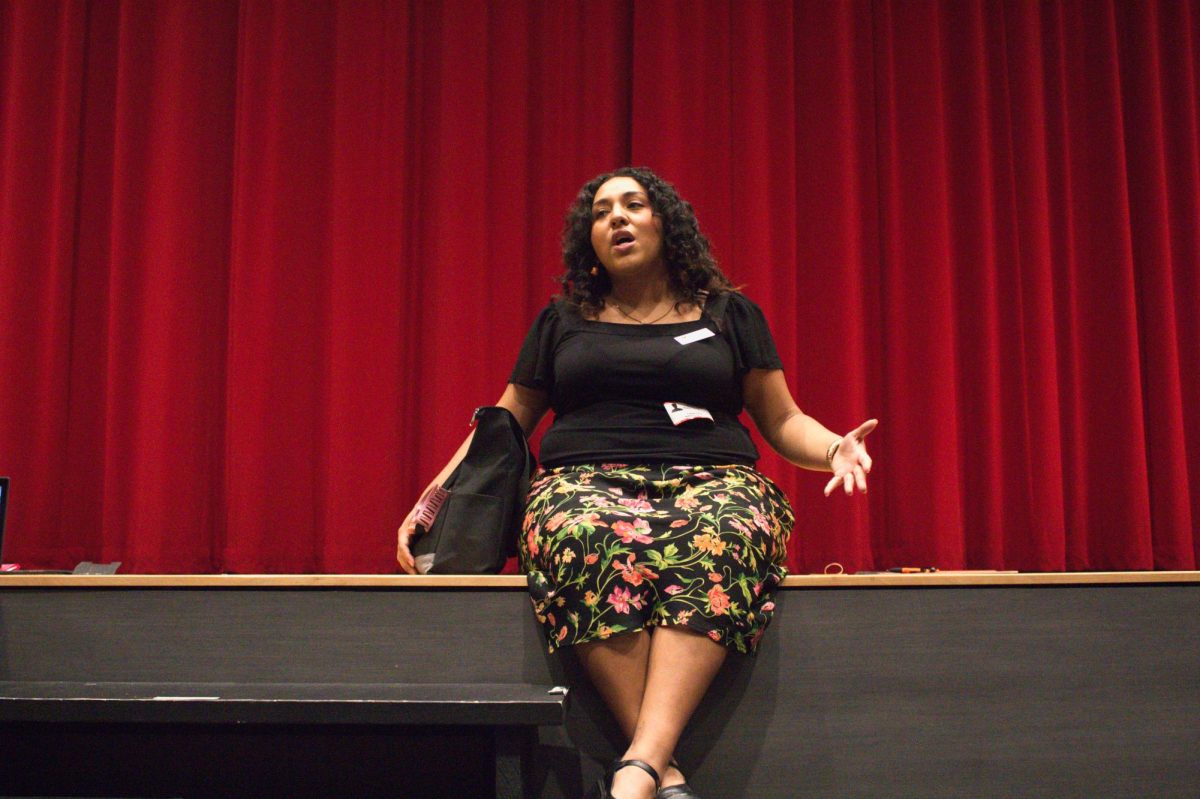
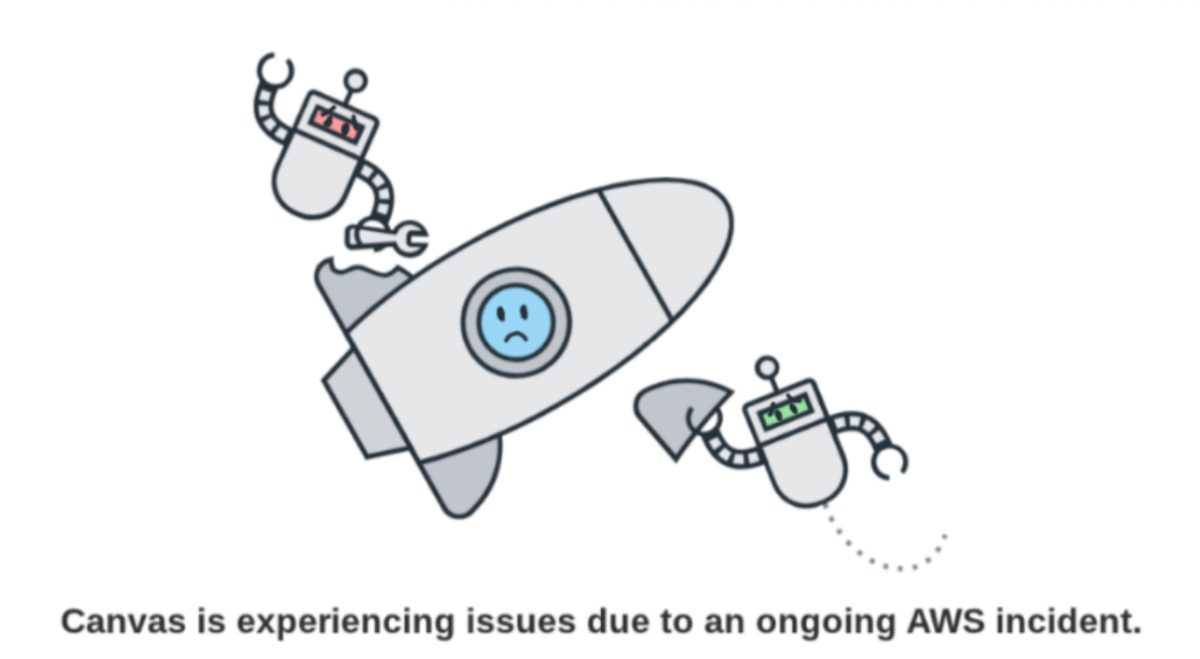
Rosalie • Nov 4, 2024 at 11:17 am
I love this story! Great job Elly!
Tanvi Dubey • Nov 3, 2024 at 7:56 pm
i loved reading this! very interesting